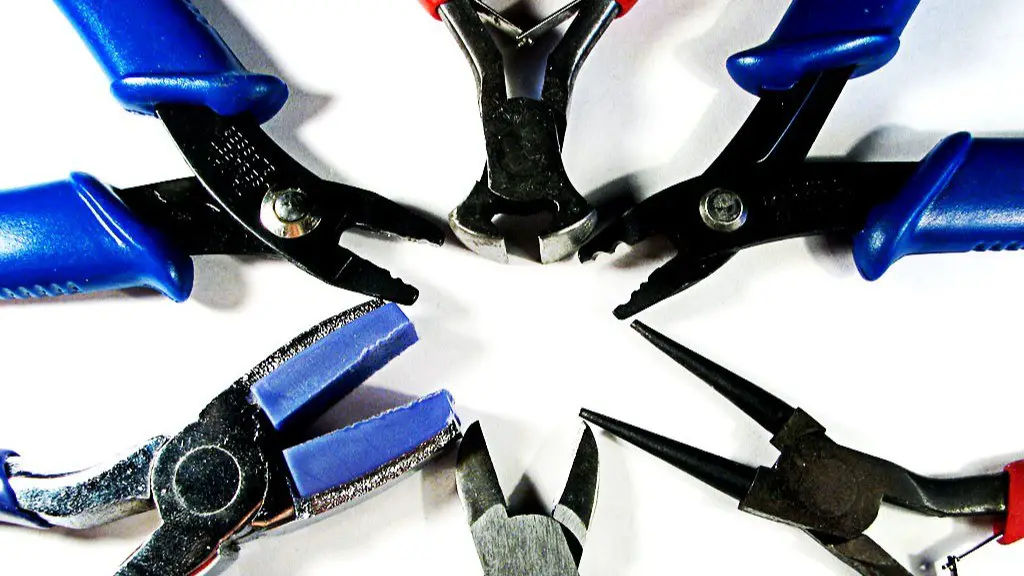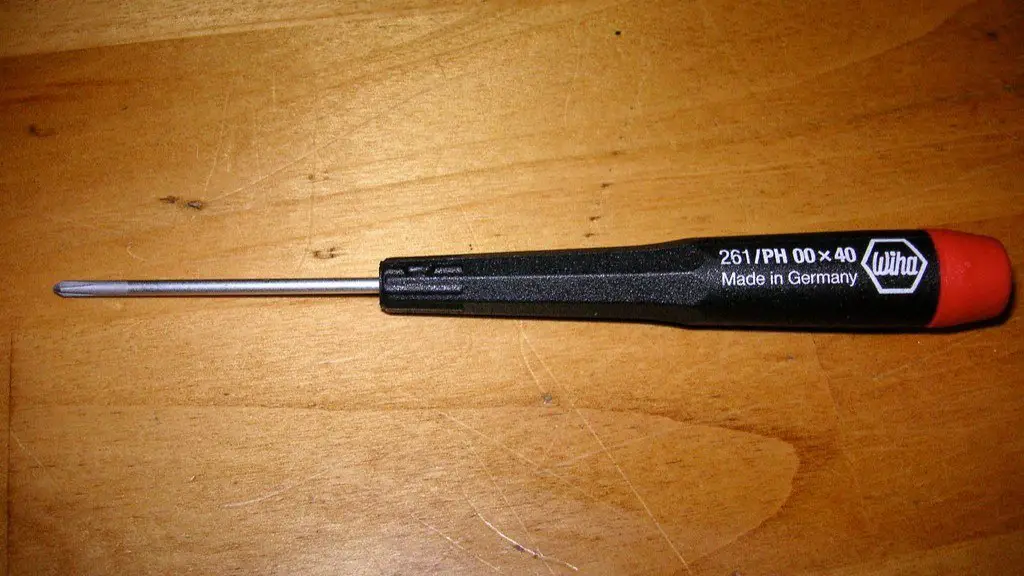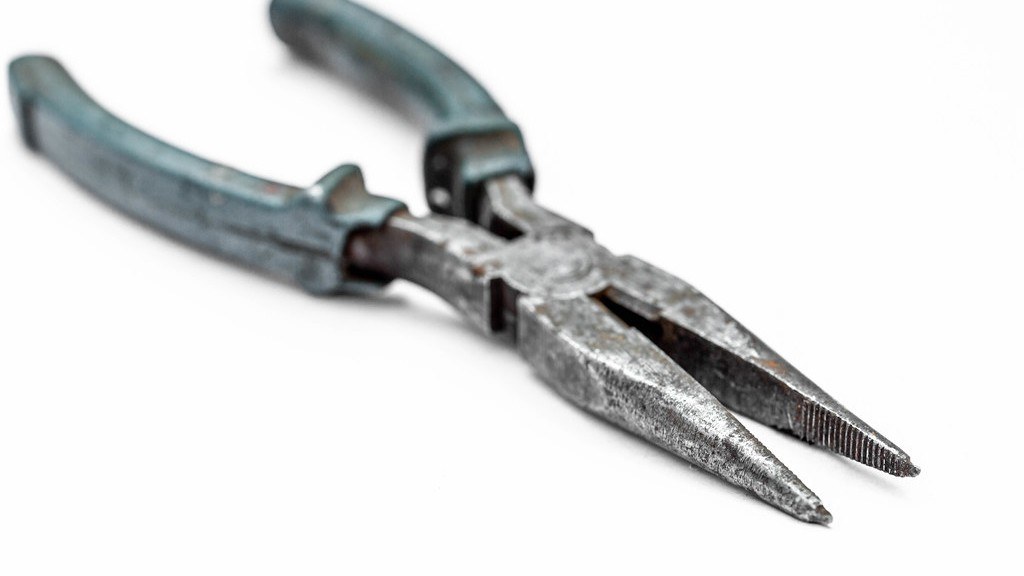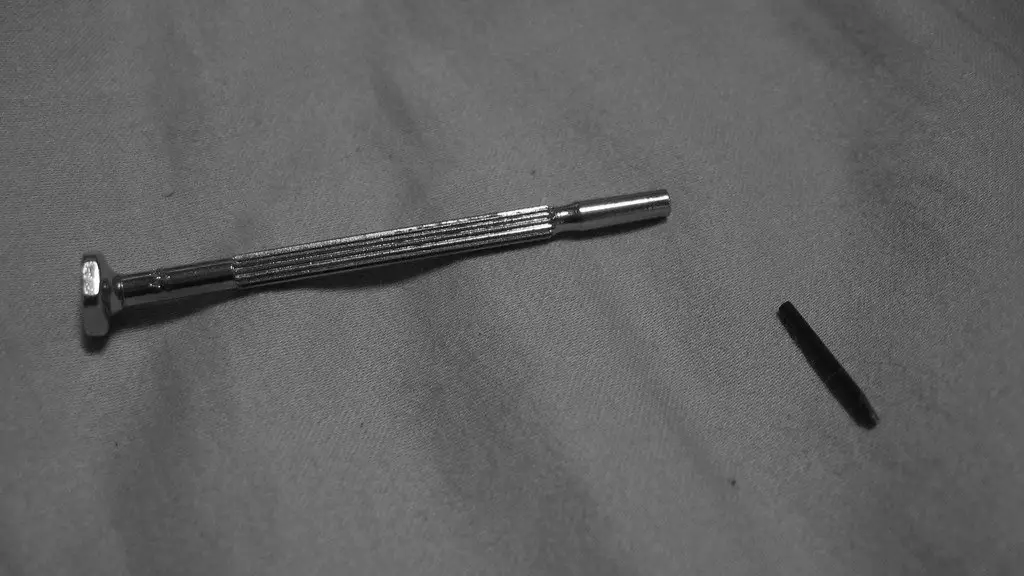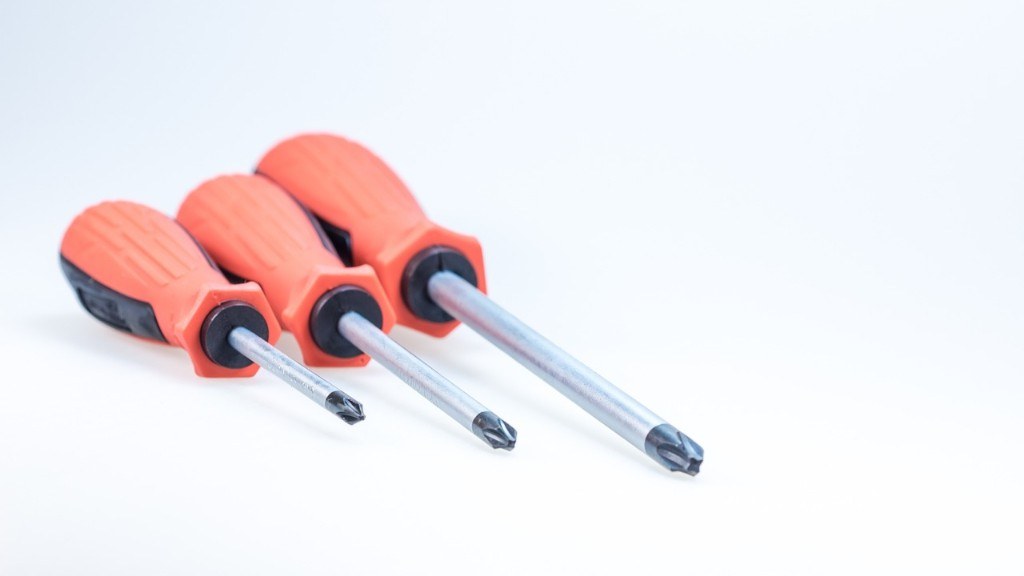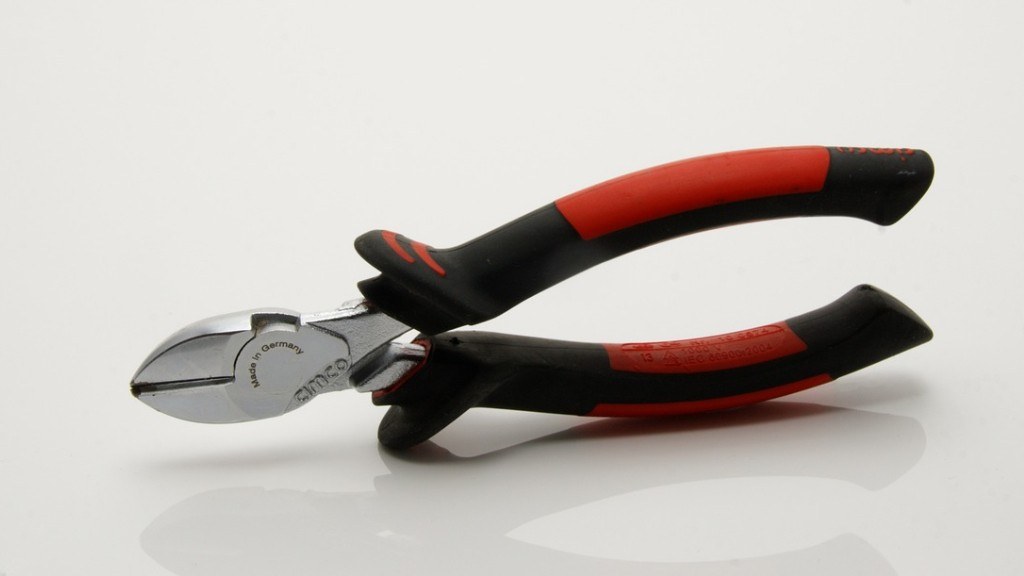If you’re working with wire or other delicate materials, you need sharp, clean-cut diagonal cutting pliers. Here’s a quick guide on how to sharpen your own.
Use a sharpening stone to sharpen the cutting edges of diagonal cutting pliers. First, use a coarse grit stone to remove any nicks or burrs. Next, use a fine grit stone to hone the cutting edge.
How do you fix dull cutting edges of a diagonal cutter?
If you want to sharpen your diagonal cutting pliers blades, follow these steps:
Step 1 – Choose a File: You’ll need a file that’s small enough to fit into the serrations of the blades. A round file will work, but a triangular file will give you a cleaner edge.
Step 2 – Clean the Pliers Blades: Use a wire brush or file cleaner to remove any debris from the blades. This will help the file grip the metal better and prevent clogging.
Step 3 – Secure the Pliers in a Vice: Place the jaws of the pliers in a bench vice so the blades are facing up. Make sure the vice is tight enough to hold the pliers securely, but not so tight that it damages the blades.
Step 4 – Rub the Blade with a File: Start at the base of the blade and work your way up. Use short, even strokes and apply moderate pressure. Be sure to file both sides of the blade evenly.
Step 5 – Repeat: Repeat steps 4 until the blades are sharpened to your satisfaction.
Step 6 – Test the Pliers: Cut a piece of paper or cloth with the pliers to see how sharp they are.
If the diagonal cutting pliers get wet, dry them thoroughly to prevent them rusting. After cleaning them, coat them in a thin layer of oil, taking care to work the oil into the moving joint. Store them in a dry place where the blades and tip of the jaws won’t get knocked about and blunted. A toolbox or pouch is ideal.
Can you sharpen flush cutters
The sharpening your blade is very simple it’s just like sharpening any knife that you would have at home. First, you will need a sharpening stone. Second, you will need to find the right angle to sharpen your blade. Third, you will need to use a light, even pressure when strokes. And fourth, you will need to do a few strokes on each side of the blade.
Sharpening is always done with a file or a steel from the inside towards the outside and on both sides. Follow the original angle to be most effective. At the end of the operation, remove the slight burr which forms at the end of the cutting edge with a straight stroke with the file.
How can I make my cutter sharp again?
Foil is a great way to sharpen your knife. It’s like a knife sharpener and it just really gets that cutting edge nice and sharp.
Pliers are a versatile tool that can be used for a variety of tasks, from gripping and bending wire to cutting and shaping metal. However, there are a few things you should keep in mind to ensure that your pliers last a long time and continue to work effectively. First, never expose the pliers to excessive heat, as this can damage the metal and cause the pliers to warp. Second, when bending stiff wire, avoid using the tip of the pliers, as this can cause the pliers to break. Third, when cutting, avoid rocking the pliers side to side, as this can damage the blades. Finally, never pry with the nose of the pliers, as this can damage the jaws and cause the pliers to slip. By following these simple tips, you can ensure that your pliers will last for many years to come.
How do you sharpen electrical pliers?
There’s not much going on here, so the image is a bit sharper. The same thing is happening on the opposite side.
Wire cutters are cutting tools used to cut wires. They are also known as side cutters, flush cut pliers, side cutting pliers, wire cutters, and diagonal cutting nippers. Wire cutters are available in a variety of sizes and styles to suit different tasks.
What grease is best for pliers
While white lithium grease is not the only product available from the hardware store to protect and restore hand tools, it is the most effective. It forms a barrier against moisture and rubbing, which helps to keep tools in good condition and prevents them from rusting.
Aluminum foil can be used to make a simple yet effective RFID blocker. All you need to do is grab some aluminum foil and punch it through like five or six times in your wallet. This will block the RFID signal and prevent your information from being stolen.
Can Carbide cutters be sharpened?
Carbide teeth are made of a very hard material that can only be cut with a very sharp object. The teeth are often used in industrial applications where they need to be able to withstand a lot of wear and tear.
If you’re using a profile bit (i.e. a bit with a cutting edge on the side), don’t try to sharpen the profile edge. Instead, rub the flat side of the cutter on a sharpening stone.
What are the basic materials used to sharpen the cutting tools
A set of whetstones or bench stones is the core of most sharpening systems. They are available in different sizes, shapes, and grits. The materials are either natural stone or synthetic abrasives in a hard binder. Many stones are used with light oil or water.
A 20 degree angle is often considered the best sharing point for most knives. It is our experience that kitchen knives sharpened to 17 to 20 degrees cut very well and are still durable. For pocket or outdoor knives, a 20 degree angle would be on the low side of ideal.
Can you sharpen tools with an angle grinder?
Angle grinders are versatile tools that can do many different things. They can grind metal, cut tile, and stucco. They can also rout out mortar, and sand, polish, and sharpen.
If you find yourself with a dull knife but without a knife sharpener, you can use the unglazed bottom of a ceramic mug to sharpen small knives. Applying moderate pressure, hold the knife at a 15-degree angle and carefully draw the entire length of the blade across the rough surface.
Why is my blade not sharp
When it comes to knives, the type of steel used is extremely important. Not all steels are created equal and some are simply not suitable for sharpening. The most common reason why knives cannot be sharpened is because the steel is unsuitable. Many cheap knives from no-name manufacturers use this type of steel. There are over 2,500 different types of steel with a wide variety of properties and applications. Do your research to make sure you’re using the right type of steel for your needs.
There are a few different ways to sharpen your razor blades. Stropping is the easiest and cheapest way, but there are also other options like the RazorPit. The RazorPit is a sharpener that uses a thermoplastic elastomer to clean and restore blades after use.
Final Words
Use a sharpening stone to sharpen the cutting edges of your diagonal cutting pliers. First, hold the pliers so that the cutting edge is facing up. Next, take the sharpening stone and hold it at a 20-degree angle to the cutting edge. Use a back and forth motion to sharpen the cutting edges.
In conclusion, the best way to sharpen diagonal cutting pliers is to use a sharpening stone. First, clean the pliers with a wire brush to remove any dirt or debris. Next, use a medium-grit sharpening stone to gently sharpen the blades. Be sure to keep the blades evenly sharpened to avoid damage. Finally, use a fine-grit sharpening stone to hone the blades for a sharp, clean edge.
